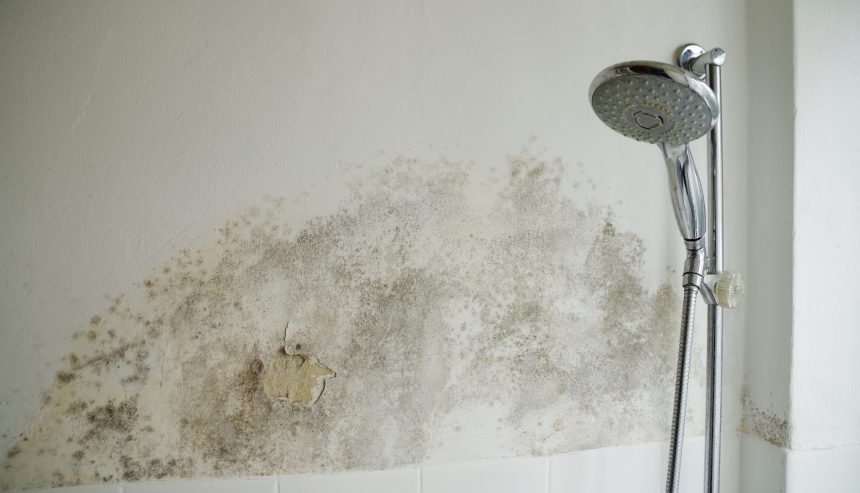Preventing Water Damage in the Bathroom
Preventing Water Damage in the Bathroom
Blog Article
Have you been in search of related information about Looking for Signs of Water Damage in the Bathroom?

The shower room is incredibly vulnerable for damp accumulation and also potential water damages because of the frequent use water in it. This article supplies basic examination strategies to help identifying water damages hazards.
The regular use of water in the washroom makes it extremely prone for moist buildup and possible water damage. By inspecting it consistently, you can minimize water related problems.
The complying with collection of assessments is easy to do and need to be done when in every three months in order to maintain your restroom healthy and to avoid possible water damages brought on by the bathtub, the shower, pipeline joints and also plumbing, sinks, cupboards, and also the toilet
Do not disregard performing these evaluations and also be thorough while performing them. Remember that these straightforward evaluations can conserve you a great deal of money by supplying very early indications for water damages
Bath tub and Shower
The shower and bathtub call for special interest and also maintenance. Inspect the floor tiles and change if cracked. Ensure that there is no missing out on cement between the floor tiles. Inspect as well as change cracked caulking at joints where the walls fulfill the floor or the tub. Obstructed drains as well as pipelines troubles will avoid the tub from drying out and also may indicate major issues under the bath tub. Consult with an expert right away to stop architectural damages. Pay attention to discolorations or soft areas around the bathtub walls as they may indicate an internal leak.
Plumbing
Signs for water damage are difficult to find given that the majority of pipelines are mounted inside the walls.
Pay unique focus to floor covering and walls moisture as well as spots as they might show an invisible plumbing problem. Check moisture degrees in adjoining rooms as well.
Sinks and Cabinets
Sinks as well as cupboards are subjected to dampness and also moisture day-to-day and also are commonly forgotten. Evaluate regularly under the sink and on the countertop above it. Repair any kind of drip in the catch as it might recommend drainpipe troubles. Browse the sink, slow-moving draining pipelines might show an obstructed drainpipe. Change sink seals if they are split or loosened.
The Bathroom
The bathroom is a susceptible water junction. Check the water lines and search for leakages around the commode seat, in the tube, as well as under the water tank. If you detect any kind of indicators of wetness on the floor around the toilet, look for leakages in the toilet rim and container seals.
Know that hanging bathroom dish deodorants enhances the chances for clogs.
Water Damage Signs In The Bathroom To Avoid Cleanup
Musty smell
This is one of the easiest signs to catch because musty smells are so odorous. The damp, earthy, moldy smell should be a big red flag. The smell will develop when moisture gets trapped in surfaces, and begins to facilitate mold growth. Leaking pipes under cabinets, inside walls, and behind shower fixtures will cause moisture to stay trapped and not dry, which will lead to mold growth and spread. As soon as you notice any musty smells in your bathroom, have it checked for hidden water damage and cleanup signs.
Visible mold
If the smell isn’t there to give it away, sometimes you will actually see mold growth. Finding mold in your bathroom is a serious problem, because mold is very harmful to your health. By the time mold growth is visible, it also means that water damage has already occurred and been present for some time. The only way the mold problem can be resolved is to find the source of the moisture and get it stopped. To safely and adequately remove mold, you need to have professionals handle the remediation. Do not waste any time in getting mold problems addressed, fixed, and sanitized so that you can protect you and your family from the many respiratory symptoms caused by mold exposure.
Damaged floors
Bathroom floors should be able to withstand some exposure to water while still remaining in good condition. However, when excess exposure or water leaks occur, they will begin to damage even the most water-resistant flooring. If you notice any cracking, bubbling, staining, or warping on your bathroom floors, there is probably a water leak somewhere causing the distortion. If you notice areas of the floor have become softer, or even have a spongy feeling, there is probably damage to the subfloor. Subflooring is typically made up of plywood. When plywood is exposed to water or moisture, it will absorb it. Once it has become saturated, the weight of the excess water will cause the wood to swell and soften. Check the floors in your bathroom frequently to catch any of these sings before they lead to damaged subflooring.
Changes on walls
When water leaks behind walls, it will cause changes in the drywall. Peeling plaster, blistering paint, and soggy wallpaper are all good indicators that excess water is building up behind the wall. Water leaking behind drywall will cause it to swell and be soft to the tough. If you start to notice gaps along the trim of your walls, or where tile meets the wall, it could also be a strong indicator that there is a leak behind the wall. Any changes, distortion, or damage on the walls should be evaluated as soon as you notice it to prevent further water damage and cleanup.

As a serious reader about Common Causes of Water Damage in a Bathroom, I thought sharing that segment was necessary. Sharing is caring. You never know, you may very well be helping someone out. Thanks a lot for going through it.
Further Details Report this page